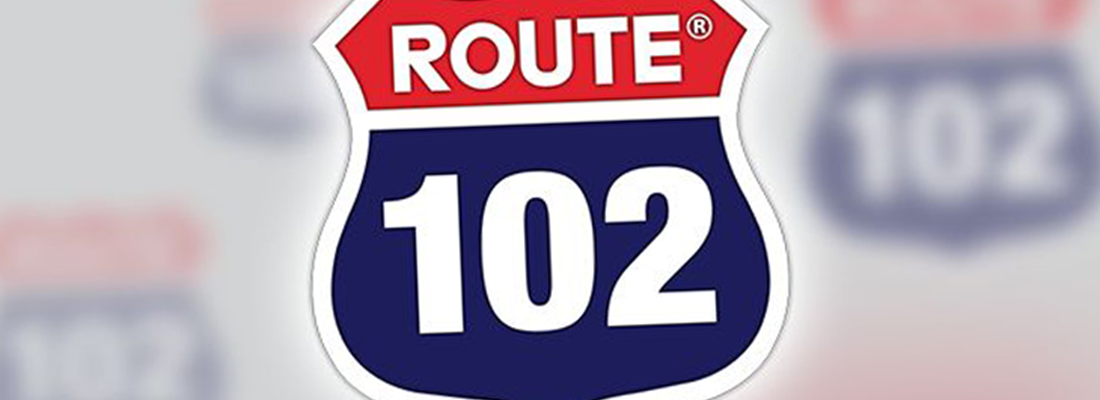Route 102 – One man’s year-long journey……Day 21

To mark this momentous year for UK GAAP, I'm embarking on a mission to work my way through FRS 102, reading a portion on each working day of 2015 and writing a short blog entry on my thoughts and musings (be they few or many). Today we'll begin to explore section 11.
DAY 21 (4 Feb)
What is a financial instrument and why should you care? Unless you're called Tristram and spend every working day in the Square Mile, you may conclude that you're never likely to encounter financial instruments and thus shouldn't be bothered at all. This would be a mistake. Just to be clear, I'm not saying that being called Tristram is a mistake.
Section 11 para 3 defines a financial instrument as 'a contract that gives rise to a financial asset of one entity and a financial liability or equity instrument of another entity'. That's a pretty broad definition. It includes familiar items such as cash, deposit bank accounts, trade debtors and creditors (or 'receivables and payables', if you insist) and ordinary and preference shares. These are deemed 'basic financial instruments' and are covered by this section. There are also derivative instruments such as collateralised mortgage obligations, futures and forwards, interest rate swaps and hedging instruments, which we'll call 'non-basic' and are instead dealt with in section 12.
11.7 to 11.11 spell out this distinction between 'basic' and 'non-basic' instruments in more detail, as well as excluding certain instruments that are dealt with elsewhere. There's an important list of these latter exclusions in 11.7 which are summarised as follows:
• Shares in subsidiaries, associates and joint ventures (covered in ss9, 14 and 15);• Own equity;• Leases (covered in s20), though derecognition principles in s11 apply to finance leases;• Pension plan rights and obligations (covered in s28);• Share-based payments (covered in s26);• Insurance contracts and discretionary participation instruments (covered by FRS 103); and• Reimbursement assets and financial guarantee contracts (covered in s21).
Tomorrow, we'll look more closely at the distinctive features of basic instruments in 11.8-11.11. There, that's guaranteed you'll tune in again tomorrow, hasn't it?
P.S. If you missed yesterday's instalment click here




